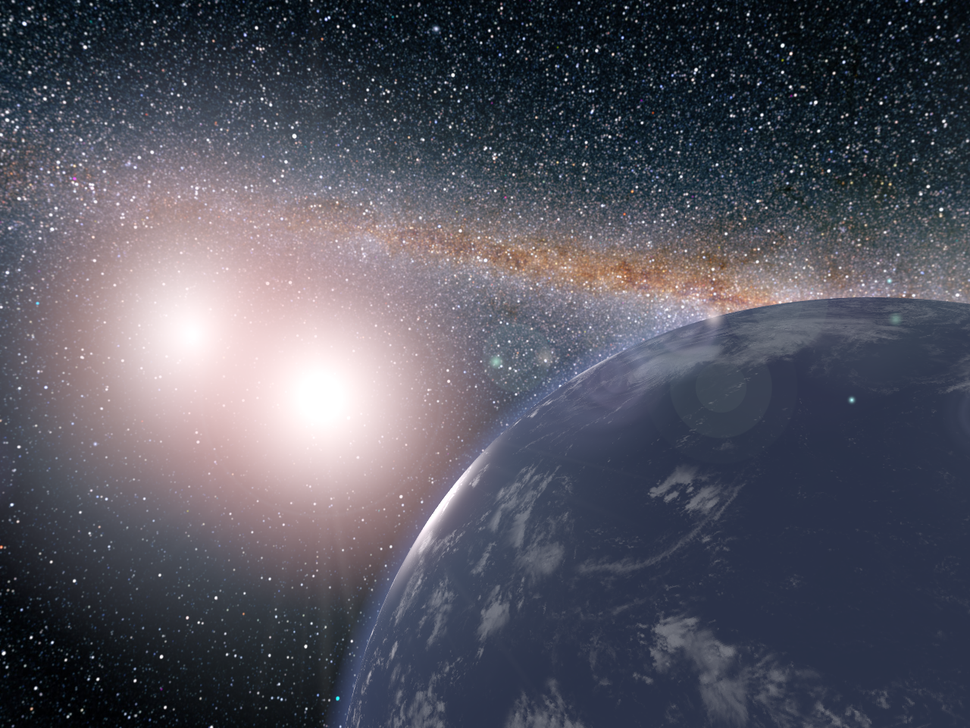

In our look for for lifestyle past our very own minor corner of the cosmos, it truly is a truly very good notion to appear for h2o. No lifestyle we know of exists without having it.
So when astronomers go seeking at planets orbiting stars outdoors of our Photo voltaic Technique, finding h2o is a optimistic indicator. New research presented at the Goldschmidt geochemical convention in Boston on Friday implies that h2o worlds might be a good deal much more frequent than we experienced thought.
The staff of scientists at Harvard College, led by Dr. Li Zeng, analyzed info from the Kepler Space Telescope, which has been world-looking considering that 2009. In that time, it has uncovered much more than 4000 exoplanets, most of which are regarded as Tremendous-Earths, hulking planets that are one.five or two.five instances the radius of Earth.
Employing mass measurements from the European Room Agency’s Gaia satellite, the staff had been ready to forecast the composition of these significantly-absent planets
‘We have seemed at how mass relates to radius, and created a product which may well make clear the relationship’, Li Zeng said. That product implies that about 35 per cent of all at present identified exoplanets that are larger than Earth ought to be h2o worlds.
That is very good information for Kevin Costner, of training course, but it truly is also a optimistic for discovering lifestyle. Nevertheless, Zeng was swift to warning that although their product predicts these Tremendous-Earths are stuffed with h2o, this isn’t really your daily Terran h2o. This is h2o with a area temperature effectively in excessive of 200 levels Celsius (about 392 levels Fahrenheit).
Nevertheless, lifestyle finds a way.
‘Life could build in specified close to-area levels on these h2o worlds when the force, temperature and chemical problems are suitable,’ Zeng told Discover Magazine.
In the hunt for extraterrestrial lifestyle, h2o worlds undoubtedly supply a useful commence. NASA will get a more enhance in its world-looking endeavors before long, with the Transiting Exoplanet Study Satellite (TESS), which released in April this year, ramping up its look for in July. It truly is currently snapped some beautiful pictures of a comet zipping through space and now its target is on discovering new planets.
